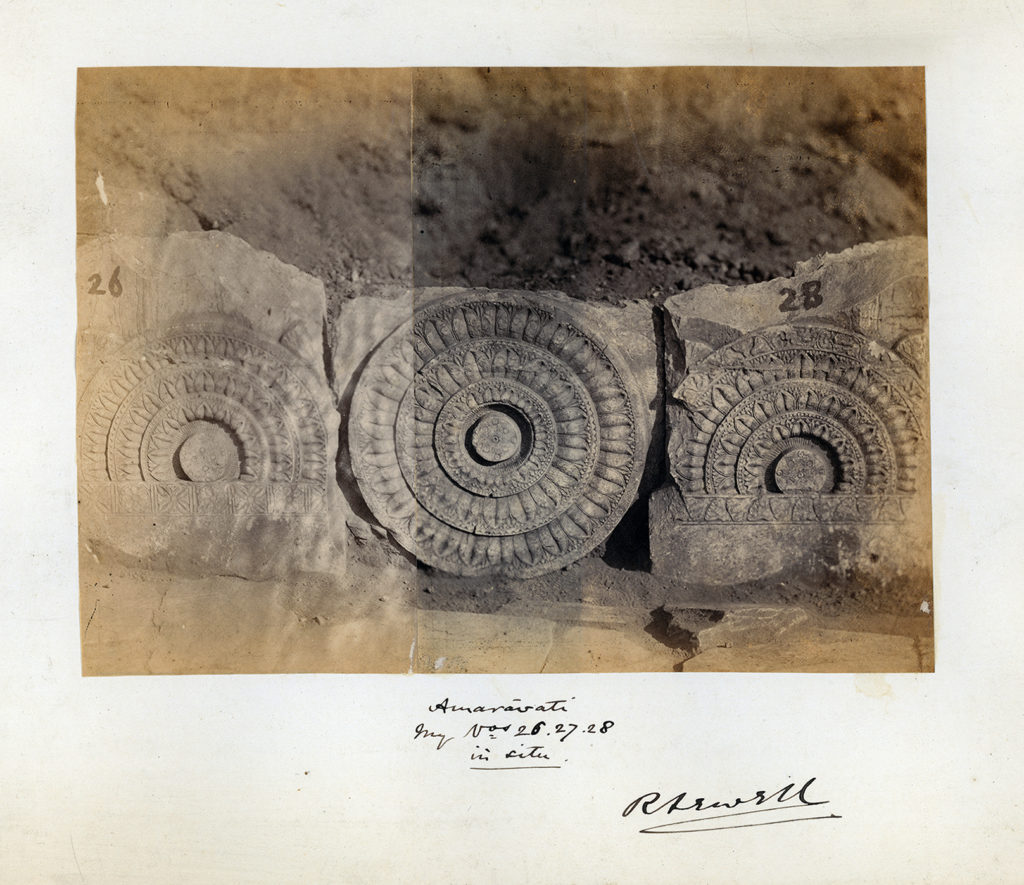[Photo.34/(004)] Amaravati (nos. 26, 27, 28 in situ)
Photograph of three excavated lotus discs (Nos. 26, 27, 28 in situ). The reference numbers allocated to the pieces refer to Robert Sewell’s ‘Report on the Amaravati Tope, and Excavations on its site in 1877’ (London, 1880) in which the pieces are described.
‘Close to the north end of No. 25, the removal of the earth disclosed the tops of first one, then another, then a third stone, in such a position that it seemed probable that they were the lower portions of outer rail marbles still in position. This idea proved to be correct. 26 and 28 are the bases of pillars of the outer rail. 27 is the lowest of the three intermediate discs and is held in position by its flanges, which fit the mortices in the two pillars. I had these photographed in situ, and did not disturb them. No. 26, Base of pillar of outer rail in position. The stone is 2 ft. 8 in. high by 2 ft. 3 in. broad. The base is let into the ground below the platform and outside it. For six inches above the platform the inner face of this slab is plain and smooth. Above this is a three0inch band of a sort of diaper-pattern…Then the half disc, with its lotus-buds filling the corners. Above this the shaft is divided into three unornamented panels. It is important to notice that the back of this slab was never carved at all; it was smoothed, but unsculptured. No. 27. Lotus-disc rail-bar of outer rail in position, its flanges fitting into the mortices in Nos. 26 and 28 (2 ft. 9 in. broad by 2 ft. 4 in. high). It corresponds with the centre disc in F., LV. The back of this disc is plain and smoothed, but curved from top to bottom, as with the rail bars at Sanchi. At Bharhut they are uncurved. Here and at Sanchi the curve follows the line of the lentil-shaped mortice… No. 28. (2 ft. 7 in. high by 2 ft. 2 in. broad). Pair to No. 26, being the base of a second pillar of the outer rail, holding the flange of disc No. 27. It has a 3-inch flower-band across the base, 6 inches above platform level. Then the half-disc and buds. The pillar is divided into three unsculptured panels. The back is plain but smoothed, having no ornament whatever. Right across the inside and sculptured face of these three erect marbles runs a line of brick and plaster work. What this was is impossible to say, but it is clear that it was done at a time when the sculptures were held in very high veneration.’
Robert Sewell
‘Report on the Amaravati Tope, and excavations on its site in 1877’ (London, 1880, pp. 41-2)
Faded print formed from two joined prints. Original negatives not held. Part of a collection of twenty albumen prints mounted on card, with captions written in ink beneath the prints and all signed ‘R. Sewell’.

